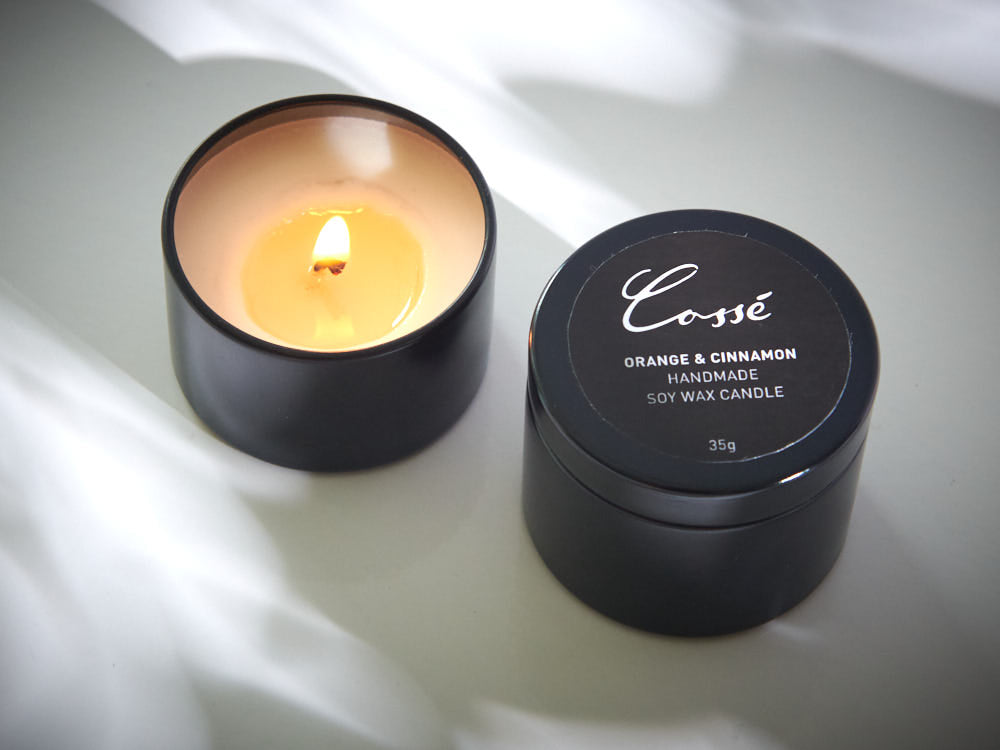Infuse Your Home with the Fragrance of Crystal Soy Candles and Home Fragrance
Infuse Your Home with the Fragrance of Crystal Soy Candles and Home Fragrance
Blog Article
From Wick to Wax: Understanding the Chemistry Behind Soy Wax Candles and Their Ecological Effect
As we illuminate our areas with the cozy radiance of candles, there lies a world of detailed chemistry behind the seemingly straightforward act of lighting a soy wax candle light. Join us as we unwind the clinical complexities behind soy wax candle lights and discover their implications on our atmosphere.
Soy Wax Vs. Paraffin Wax
When contrasting soy wax and paraffin wax for candle light production, it is vital to comprehend the distinctive characteristics and benefits of each material. Soy wax is a natural, sustainable source derived from soybean oil, making it eco-friendly and biodegradable - soy wax candles. In contrast, paraffin wax is a byproduct of petroleum refining, which raises issues regarding its environmental effect and sustainability
Soy wax candles burn cleaner and release less soot compared to paraffin wax candle lights, making them a healthier selection for interior air top quality. Furthermore, soy wax has a reduced melting factor, permitting for a longer-lasting candle that disperses fragrance better. Paraffin wax, on the other hand, often tends to shed faster and much less easily, possibly releasing dangerous chemicals right into the air.
From a sustainability point of view, soy wax is favored for its biodegradability and sustainable sourcing, aligning with the expanding customer preference for eco aware items. While paraffin wax has been a standard option in candle making as a result of its price and simplicity of use, the change towards environment-friendly alternatives like soy wax is gaining momentum in the sector.
Chemical Structure of Soy Wax

Combustion Process in Soy Candles
The chemical make-up of soy wax straight affects the burning process in soy candles, affecting elements such as shed time, fragrance launch, and ecological influence. When a soy candle is lit, the warm from the fire thaws the wax near the wick. This fluid wax is then prepared the wick due to capillary activity. As the liquid wax gets to the fire, it undergoes and evaporates burning. The burning process involves the vaporized hydrocarbons in the wax responding with oxygen in the air to generate warm, light, water vapor, and carbon dioxide.
The burning performance of soy candle lights is affected by the pureness of the soy wax and the quality of the wick. Furthermore, soy wax candles have a lower environmental influence contrasted to paraffin candle lights due to their eco-friendly and naturally degradable nature.

Ecological Benefits of Soy Wax

Taken into consideration a lasting alternative to traditional paraffin wax, soy wax offers significant environmental benefits that make it a popular selection among eco-conscious consumers. Soy wax burns cleaner and creates much less soot than paraffin wax, contributing to far better indoor air high quality and reducing the requirement for cleansing and maintenance. Generally, the environmental advantages of soy wax align with the expanding demand for sustainable and environmentally friendly products in the market.
Recycling and Disposal Considerations
Recycling and proper disposal of soy wax candles play a crucial role in keeping environmental sustainability and reducing waste in families and areas. click here now When it comes to reusing soy wax candles, the very first step is to ensure that the candle has actually melted totally.

In regards to disposal, if recycling is not an alternative, soy wax candle lights are eco-friendly and can be securely thrown away in the majority of household waste systems. Nonetheless, it is constantly suggested to talk to local recycling centers or waste monitoring solutions for specific guidelines on candle disposal to make certain appropriate handling and ecological security.
Final Thought
In final thought, the chemistry behind soy wax candle lights discloses their ecological advantages over paraffin wax candles. Soy wax, derived from soybean oil, burns cleaner and produces blog here less soot when contrasted to paraffin wax. The combustion process in soy candle lights is a lot more reliable, causing a longer and a lot more also burn. Furthermore, soy wax is renewable and biodegradable, making it an extra lasting choice for candle light manufacturing. Reusing and proper disposal of soy wax candle lights additionally contribute to their environmental impact.
When comparing soy wax and paraffin wax for candle making, it is important to comprehend the unique qualities and benefits of each material (crystal soy candles).Soy wax candles burn cleaner and emit less soot why not try this out compared to paraffin wax candles, making them a healthier selection for indoor air high quality.Thought about a lasting alternative to traditional paraffin wax, soy wax supplies remarkable ecological benefits that make it a preferred selection amongst eco-conscious consumers. Soy wax burns cleaner and produces less soot than paraffin wax, contributing to much better interior air top quality and decreasing the demand for cleaning and maintenance.In final thought, the chemistry behind soy wax candles discloses their ecological advantages over paraffin wax candles
Report this page